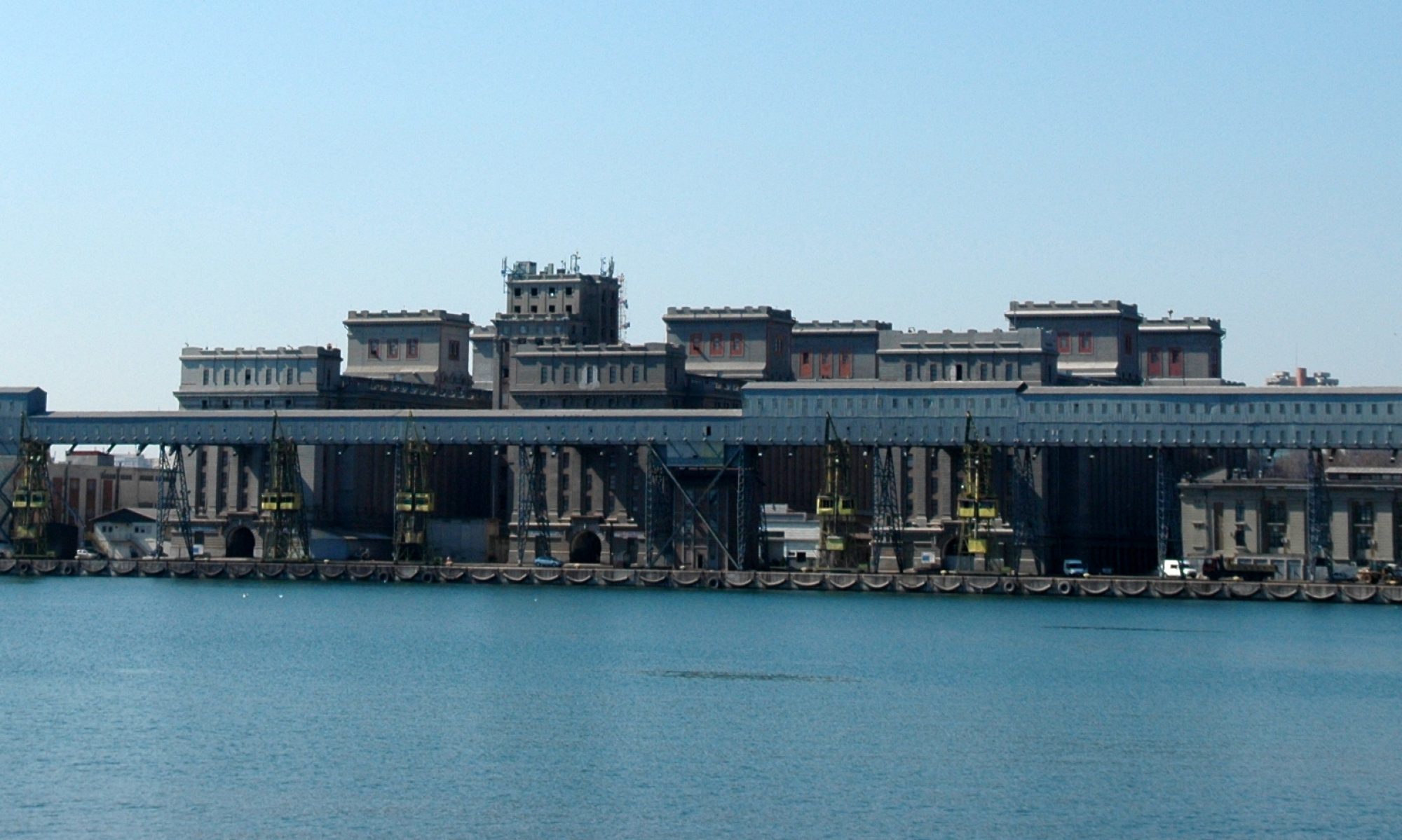I left Zürich for Haiti. This might be a little unexpected for some of you. I guess I’m not the best in letting people know early enough what I’m about to do. Maybe it’s because I don’t know it myself until shortly before it happens.
Farewells were bade the evening before I left, the night was very short – made me feel like I finally belonged somewhere. Maybe Zürich was never so close like since I learned I was going to leave. On the 5th of January the Iberia-plane took me to Madrid and from there to Santo Domingo, where I spent the night in a terrible touristic Karaoke-atmosphere, with no dinner but at least some beer.

The next morning I flew on to Port au Prince, without any breakfast, cause it was too early. A nice little ATR-plane brought us over the mountains of Hispaniola.
Ayiti (land of high mountains) was the indigenous Taíno or Amerindian name for the mountainous western side of the island.©wikipedia

The native Taino Amerindians – who inhabited the island of Hispaniola when it was discovered by Columbus in 1492 – were virtually annihilated by Spanish settlers within 25 years. In the early 17th century, the French established a presence on Hispaniola. In 1697, Spain ceded to the French the western third of the island, which later became Haiti.
The French colony, based on forestry and sugar-related industries, became one of the wealthiest in the Caribbean but only through the heavy importation of African slaves and considerable environmental degradation. In the late 18th century, Haiti’s nearly half million slaves revolted under Toussaint L’Ouverture. After a prolonged struggle, Haiti became the first black republic to declare independence in 1804. The poorest country in the Western Hemisphere, Haiti has been plagued by political violence for most of its history.

After an armed rebellion led to the forced resignation and exile of President Jean-Bertrand Aristide in February 2004, an interim government took office to organize new elections under the auspices of the United Nations Stabilization Mission in Haiti (MINUSTAH). Continued violence and technical delays prompted repeated postponements, but Haiti finally did inaugurate a democratically elected president and parliament in May of 2006. A massive magnitude 7.0 earthquake struck Haiti in January 2010 with an epicenter about 15 km southwest of the capital, Port-au-Prince. An estimated 2 million people live within the zone of heavy to moderate structural damage. The earthquake is assessed as the worst in this region over the last 200 years and massive international assistance will be required to help the country recover. ©CIA factbook, read more here

Port au Prince is so different than in the news. So much better, actually! You can find anything here, except people who act like victims!
 The oldest game in the world
The oldest game in the world
You can even find any kind of food – including caviar and terrine de canard and Za’atar, for those of you who know it – cause many supermarkets are kept by Lebanese. But the best fruit and vegetables can be found in the streets, carried in huge baskets on women’s heads.

On the other hand, the tapwater is turbid and the air stinks of innumerable exhaust fumes, cause everybody is driving a 4×4. It’s understandable, the steep streets being as even as the river beds in the Atlas mountains.
But aren’t streets always uneven when you’re a stranger? We are way too white – and so are our cars…
I’ll start working tomorrow. Don’t know what to expect, but I have a good feeling about it.
And found a good song: Ayiti Cheri


Succes and take care of you
kisses
georgina
I like the picture labeled with 'the oldest game in the world'. Took me a while to get it;)
And you should always post a song with an article… Transfers one right over to Ayiti.
I feel as if I were there with you and observed it all with my own eyes. We're looking forward to further news, Doro
Hey, thank you for these great news and pics! I wish you lots of success there and look forward to read more about your adventures! Beijo do Brasil
I love it! Welcome back to the real you! I was wondering where you had gone in the last couple of years… Change is good! Enjoy, have fun, be safe. Te pup.
Hi Doro! Question – do you also find some similarities between Haiti and a certain Bucharest (the one from the '80)? If not in the architecture may be in some aspects of the people? Or am I just melancholic bout the childhood?!
Bon voyage!
Tudor
Hmm, I don't really know what to say…somehow it felt familiar here from the very first day – after I escaped the airport-queues and controls. Though I definitely prefer the Port-au-Prince airport to the one in Santo Domingo. More of a hangar than that kind of impersonal airconditioned lost space.
The first meters of the road reminded me of some Morrocan town.
About the city: You definitely perceive the half-ruined and unrestored houses, the old and battered cars and motorcycles – and the original solutions to problems everywhere. The proportion and width of the angled streets could also be a similarity – but then some streets are so steep, they remind you more of Sinaia than of Bucharest. And there are some French influences, like in our beloved town 😉
Then – about the people. Yes, by the mixture of curiosity and friendliness, poverty and confidence in a good future, they somehow remind me of our fellow citizens back then.
Unfortunately, lately ours have lost their heartiness and spontaneity to the new coolness and rush after status-symbols. I hope Haitians never will.
Hi Doro,
It is nice that you find Zaatar in Haiti. The best i got it in Aqaba. Nice pictures. be happy
Radu